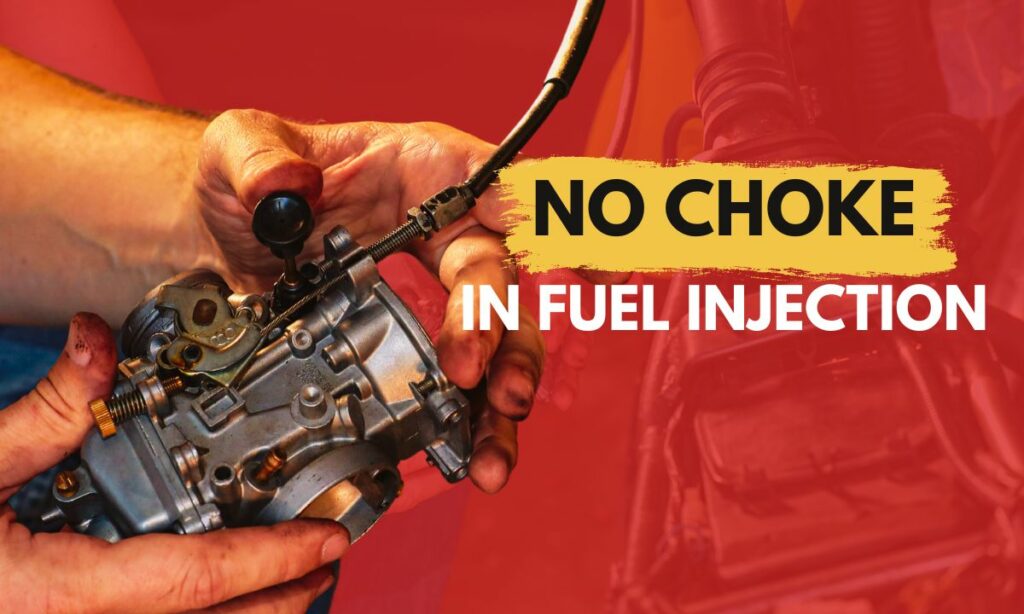The choke is a necessary component for cold starting a motorcycle.
But with fuel injection systems replacing carburetors, chokes are no more a necessity.
So, do fuel-injected engines have a choke?
Fuel-injected engines do not have a manual choke in them. Since the ECU in the fuel-injected system adjusts the air-fuel mixture depending on the engine’s need, there is no point in having a choke in the motorcycle.
If the engine requires a rich fuel mixture, ECU provides exactly that. The same applies if the engine needs a lean mixture.
The fuel injection system enables what you can call an auto-choke system when in need. The details of which are discussed in detail below.
First, what does a choke do
A choke is a mechanical lever that restricts airflow into the engine when pulled out. The restricted airflow results in a rich air-fuel mixture entering the engine.
So, whenever you need a rich air-fuel mixture in the engine, you can pull the choke.

But when do you need the choke ON?
There are 2 main scenarios when you need the choke:
- When cold starting
- When the engine is running lean
The first one is simple. During cold starting, the temperature is low outside. The engine absorbs the fuel and the energy produced is not enough to start the engine.
That’s why we need to turn the choke on. Depending on the choke setup in your motorcycle, you have to pull the choke switch out or turn the choke lever down.
Once the choke is on, it restricts the airflow into the engine. As a result, the air proportion gets low and the fuel proportion gets higher in the air-fuel mixture. Resulting in a rich mixture.
And a rich fuel mixture burns more energy and starts the engine in cold conditions.

Now, onto the second reason. You need the choke when the engine is running lean. A lean air-fuel mixture refers to more amounts of air present for the quantity of fuel in the mixture.
The fuel amount is low and the air is too much here. You don’t want the engine to run lean.
To balance the air-fuel ratio, you need to turn the choke on. The airflow will be restricted and the fuel mixture gets richer.
But note that this is a temporary solution and you can’t keep the choke on always. Tune the carburetor for the right air-fuel mixture as early as possible.
Is there a choke in fuel-injected engines
Fuel-injected engines do not have a manual choke.
The conventional choke lever that you see in carbureted engines is NOT present in fuel-injected motorcycles.
So, no. There are no chokes in fuel-injected engines.
In fact, even the reserve fuel switch (fuel petcock) is absent in fuel-injected motorcycles.
Only carbureted motorcycles have a reserve fuel switch and choke.
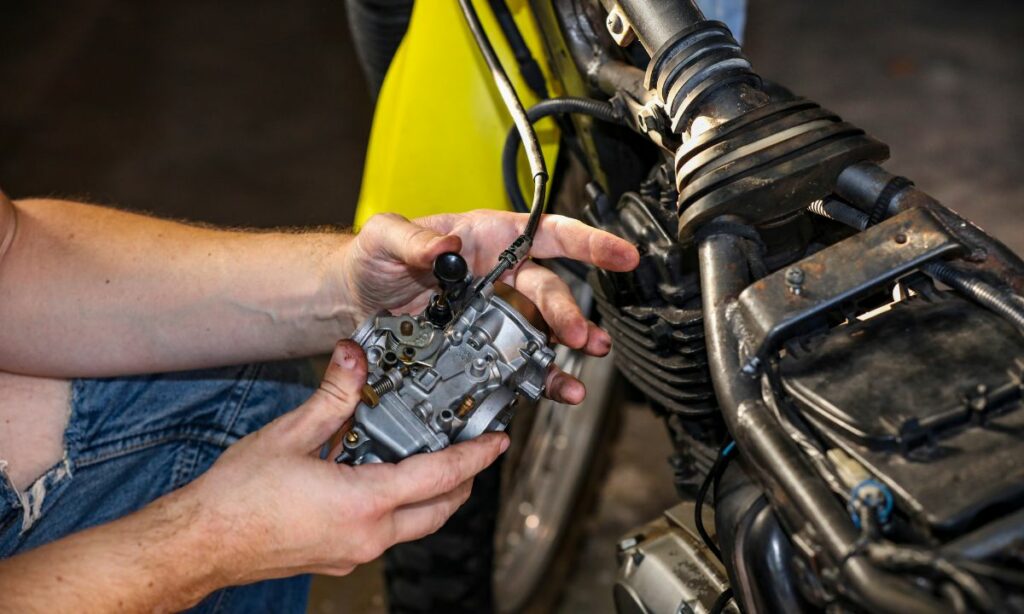
Heck, many modern fuel-injected motorcycles even don’t have a kickstart.
Again, it all makes sense. In a way at least. With motorcycles getting more technologically advanced, old mechanical systems like kickstart, manual choke, fuel petcock, etc. are getting obsolete.
Now comes the question. Why the choke is removed in fuel-injected engines?
Let’s discuss that.
Why there is NO choke in fuel injection
We now know that fuel-injected motorcycles do not have a choke on them.
But why is that? Why has the choke been removed?
To answer that, we need to understand how fuel injection works first.
Fuel injection is controlled by an ECU (Electronic Control Unit). The ECU determines the amount of fuel to be sprayed into the engine and in effect, also determines the air-fuel ratio in the engine.
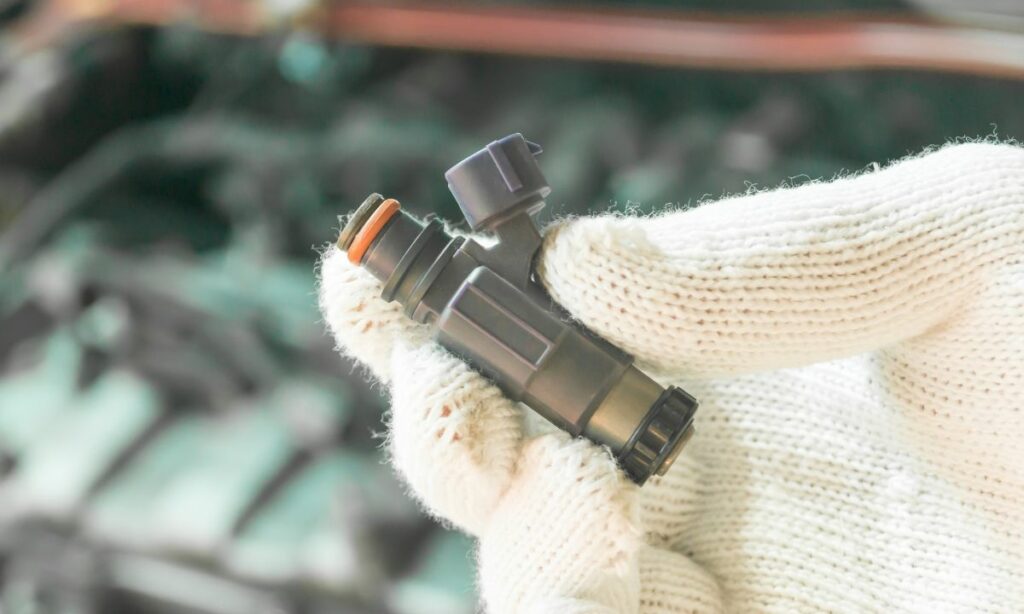
The ratio is determined basis the data ECU has obtained from several sensors. These sensors include a throttle-position sensor, crankshaft position sensor, camshaft position sensor, etc.
These sensors send information to the ECU continuously. And the ECU determines the air-fuel ratio dynamically based on the engine load, speed, riding conditions, engine temperature, throttle response, etc.
All these are automated and electronically controlled. The air-fuel ratio is not manually set. It is dynamically operated by the ECU.
As a result, if the air is too much in the mixture (running lean) – the ECU adjusts the fuel amount accordingly. Similarly, if the fuel is too much (running rich) – the ECU reduces the fuel amount accordingly.
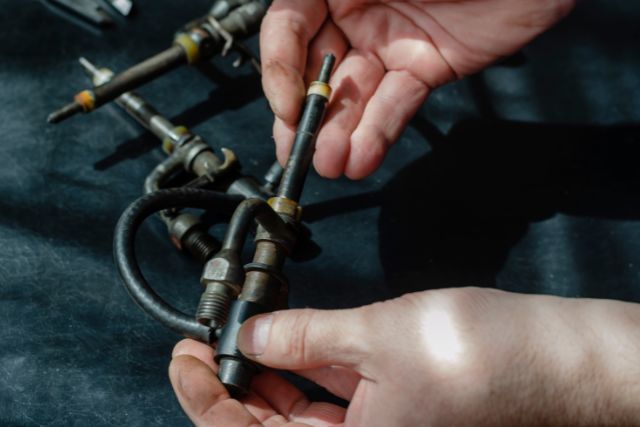
Now, since the ECU adjusts the air-fuel mixture depending on the engine’s need, there is no point in having a choke in the motorcycle.
That’s why, there are no chokes in fuel-injected engines.
What about the cold start then?
Cold start, as we discussed earlier, is when we face problems in starting the engine due to cold weather conditions and/or low-temperature environments.

In carburetted motorcycles, the solution for the cold starting problem is to turn the choke on.
The engine will start receiving a rich air-fuel mixture, combust more, and produces more energy to start the engine.
But in fuel-injected motorcycles, there is no choke.
How is cold start addressed then?
Again the ECU in the fuel injection system comes to the rescue.
If the engine is not starting, the ECU starts supplying more fuel to the engine. The engine runs rich, combusts more, and produces more energy to start the engine.
This supply of rich fuel mixture to start the engine by fuel injection systems is called an auto-choke system.
Auto-choke system in fuel injection
The auto-choke system is nothing but the fuel injector feeding rich fuel mixture to the engine to start easily.
You can easily notice it in your fuel-injected motorcycle.
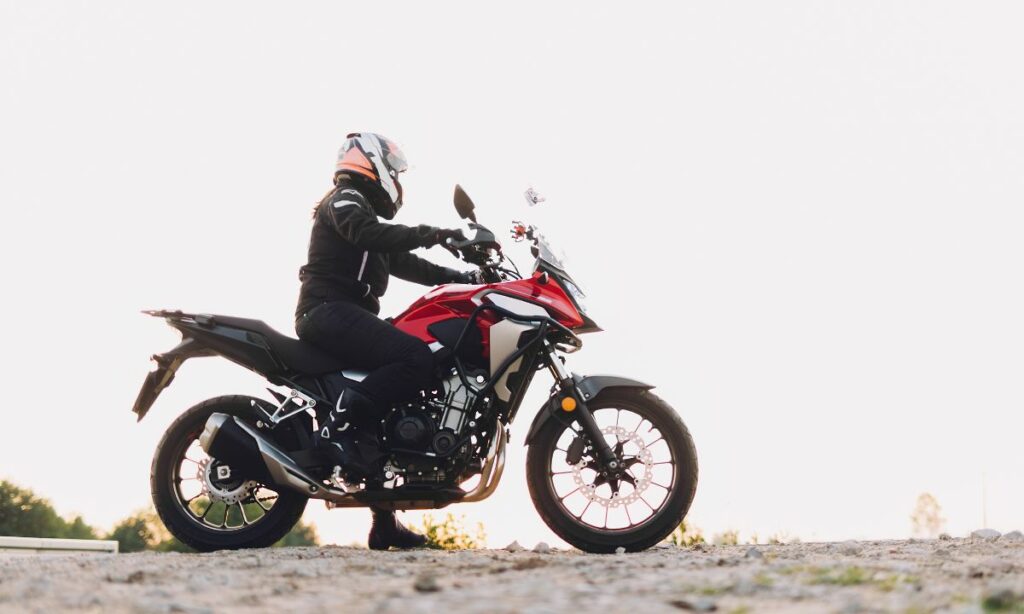
The motorcycle’s starting rpm will be significantly higher than its idling rpm.
This is because the fuel injector feeds a rich fuel mixture to the engine at the start. Once the engine starts, the fuel injector slows down on the amount of fuel injected until it goes down to the desired air-fuel ratio.
As a result, it will take some time for the engine to come down to its idling rpm.
Since the rich mixture feeding is similar to what a choke does in carburetted motorcycles, this is labeled as the auto-choke in fuel-injected systems.
Carburetors vs fuel injectors

Fuel injectors are technologically superior to carburetors.
That’s why most modern motorcycles use fuel injection in them. But many motorcycle models still use carburetors though.
Here is a comparison table between the two systems:
| Parameter | Carburetor | Fuel Injector |
|---|---|---|
| Fuel Efficiency | Low | High |
| Engine Performance | Low | High |
| Maintenance and Repair | Low | High |
| Cold Start | Difficult | Easy |
| Replacement | Easy | Difficult |
| Durability | Same | Same |
| Emissions | High | Low |
| Cost | Low | High |
| Total Vehicle Cost | Low | High |
In short, fuel injectors are suited for high performance in the motorcycle. Fuel injectors provide high power output, engine speed, fuel efficiency, and low emissions.
Carburetors on the other hand come at a low cost, requiring minimum maintenance, easy replacement, and are economical.
If you want to dive deep, here is our in-depth guide on carburetors vs fuel injectors.
FAQs
Yes. Only carbureted engines contain chokes. Fuel-injected engines do not have chokes since they adjust the fuel mixture required for the engine dynamically.
Starting the engine with the choke on is normal. But running the engine always on the choke implies the carburetor tuning is wrong. Tune the carb. Running the engine always on choke drinks up too much fuel.
Not all engines have a choke. Only the carburetor engines contain chokes on them. Fuel-injected engines do not have the need for a choke.
You can start the engine without the choke. The choke is usually required during a cold start or engine running lean in the carbureted engines.
Before you go…
Here are a few more posts related to motorcycle choke that might interest you:
